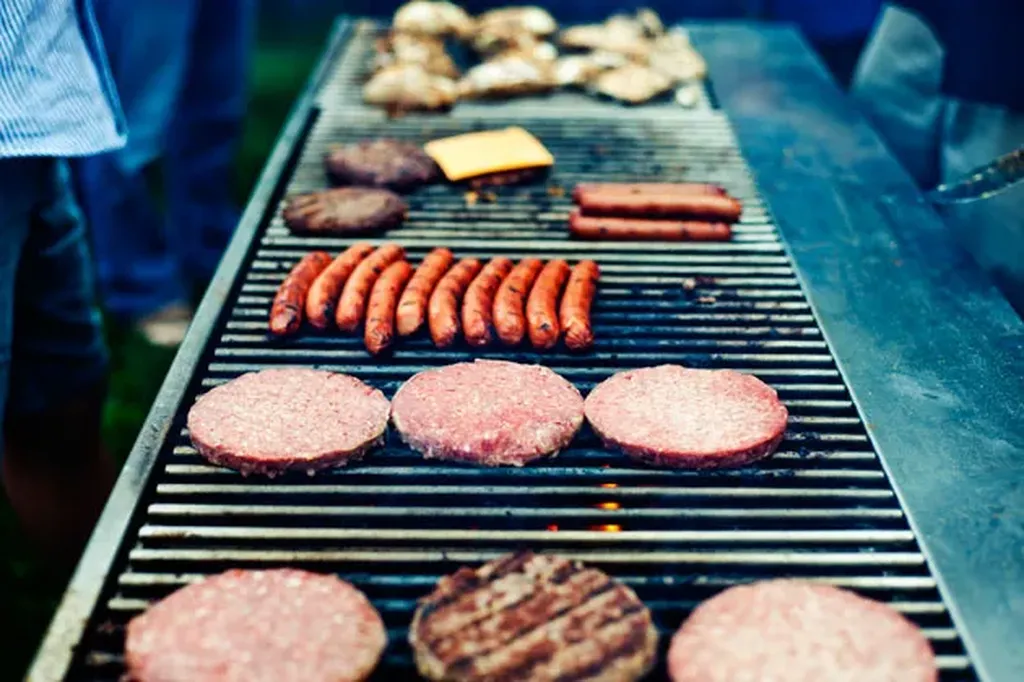In the heart of Rome, the 24th annual meeting of the International Feed Industry Federation (IFIF) and the Food and Agriculture Organization of the United Nations (FAO) brought together key stakeholders to discuss the future of sustainable livestock transformation. The event underscored the critical role of public-private partnerships in ensuring safe, nutritious, and sustainable feed and food systems globally.
Dr. Thanawat Tiensin, assistant director-general and director of the Animal Production and Health Division at the FAO, highlighted the indispensable role of the feed and livestock sector in the global shift towards sustainability. He emphasized that livestock production is not only a vital source of nutrition and economic opportunities but also a cornerstone of science-based, collaborative solutions. The FAO’s vision, encapsulated in the “four betters”—better production, better nutrition, a better environment, and a better life—serves as a guiding principle for these efforts.
Constance Cullman, the newly elected IFIF Chairperson and president and CEO of the American Feed Industry Association, echoed these sentiments. She noted that the IFIF and FAO have forged one of the strongest public-private partnerships in the agrifood chain. Their collaborative initiatives, such as the International Feed Regulators Meeting, the Manual of Good Practices for the Feed Sector, and capacity-building projects, demonstrate the power of joint efforts in addressing global challenges.
The meeting showcased several key initiatives that highlight the ongoing collaboration between IFIF and FAO. These include the strategic initiative to engage stakeholders worldwide to safeguard food security and position animal feed as a key solution provider for sustainable livestock. Additionally, the focus on animal nutritional innovation aims to promote animal health and welfare through advanced nutrition practices. The FAO’s RENOFARM initiative, which seeks to reduce the need for antimicrobial use, is another critical area of collaboration.
The Livestock Environmental Assessment and Performance (LEAP) Partnership was also a significant topic of discussion. Progress under this partnership includes the launch of new guidelines on ecosystem services and circular bioeconomy, as well as the transition to LEAP Phase 5. Furthermore, the Global Plan of Action for Sustainable Livestock Transformation provides a roadmap for the sustainable development of the livestock sector, with ongoing capacity-building efforts for feed safety and sustainability projects outlined in the FAO–IFIF Work Plan 2025 and proposals for 2026.
For agritech and investors, the implications of these developments are profound. The emphasis on sustainable transformation and the reduction of environmental impact presents significant opportunities for innovation in agritech. Investors can expect to see a growing demand for technologies that enhance feed efficiency, reduce waste, and improve animal health and welfare. The focus on circular bioeconomy and ecosystem services also opens avenues for investments in sustainable practices and technologies that minimize environmental footprint.
Moreover, the collaboration between IFIF and FAO underscores the importance of science-based solutions and public-private partnerships in driving sustainable agriculture. This collaborative approach is likely to attract investment in research and development, as well as in scalable solutions that can be implemented globally. The agritech sector stands to benefit from these initiatives, as they create a conducive environment for the adoption of innovative technologies and practices.
In summary, the recent IFIF and FAO meeting in Rome highlighted the critical role of public-private partnerships in advancing sustainable livestock transformation. The initiatives discussed and the emphasis on science-based solutions present significant opportunities for agritech and investors, paving the way for a more sustainable and efficient future in agriculture.

